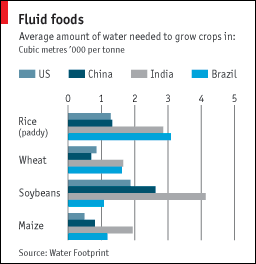What Works
This is beautiful. Just look at it and tell yourself why it works. Think about how crappy it would have been if all the cities had been crammed on to one graph. Stringing them out like this, one city per graph, tells the story of immigrants moving to the suburbs so elegantly. The density increases from left to right with time series adequately represented for each city.
Relevant Resources
DeParle, Jason. (2009 April 28) Struggling to Rise in Suburbs Where Failing Means Fitting In New York Times, part of the Remade in America series.























